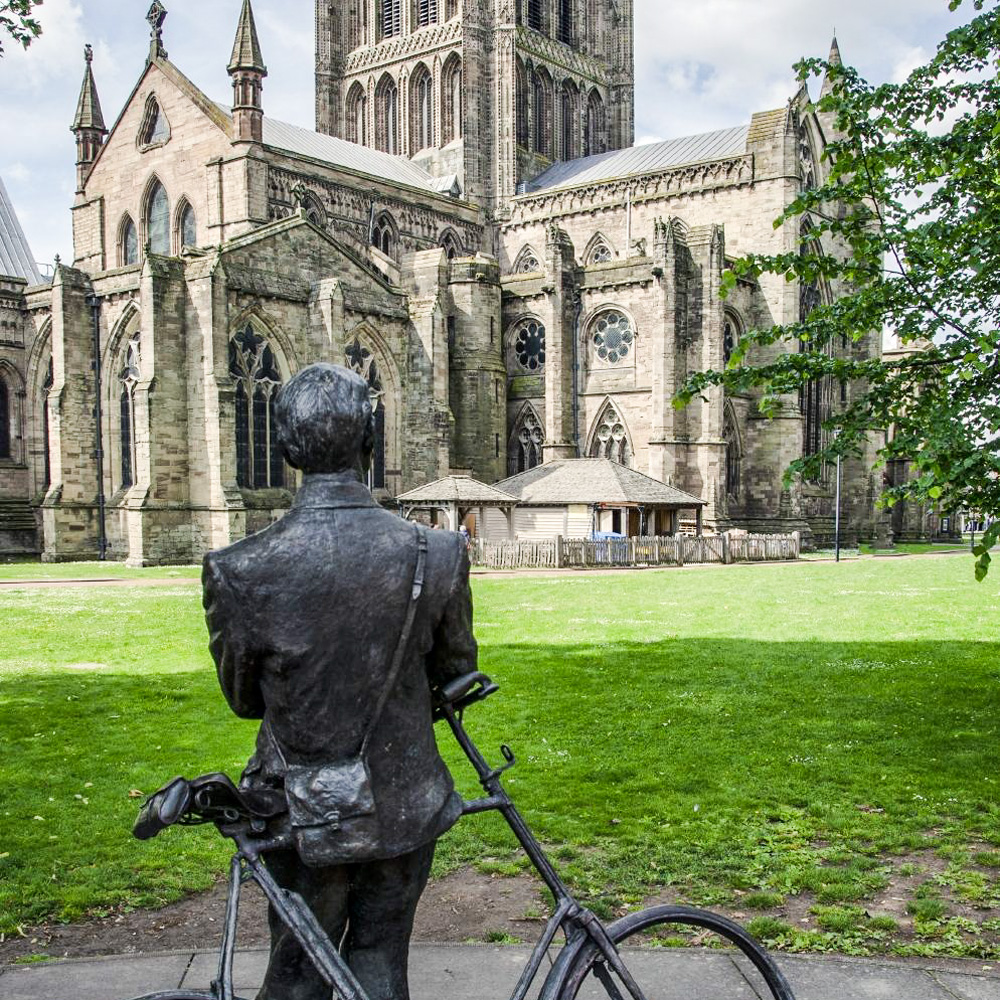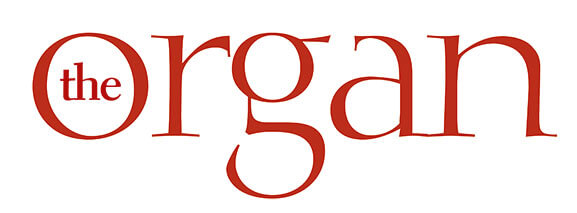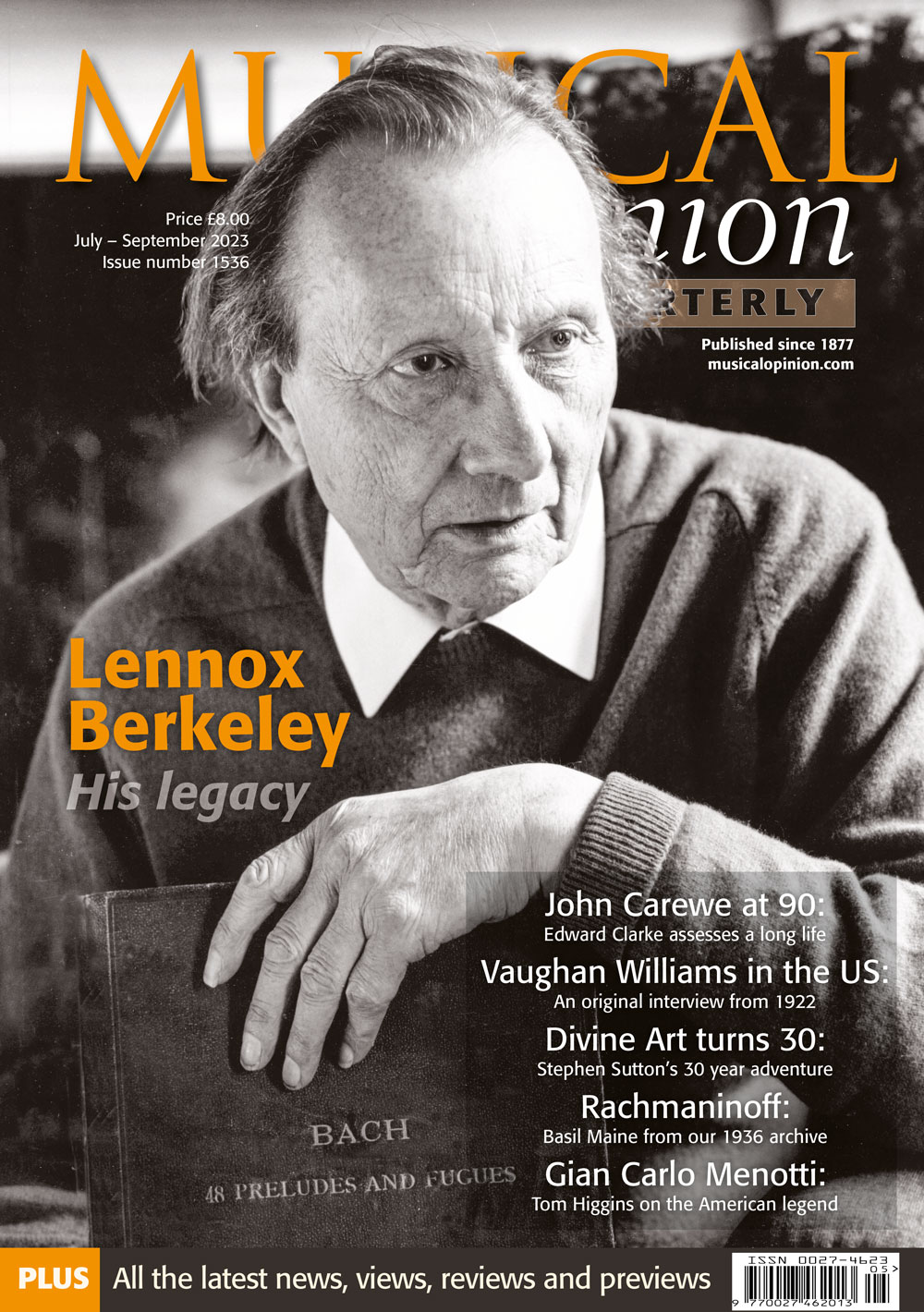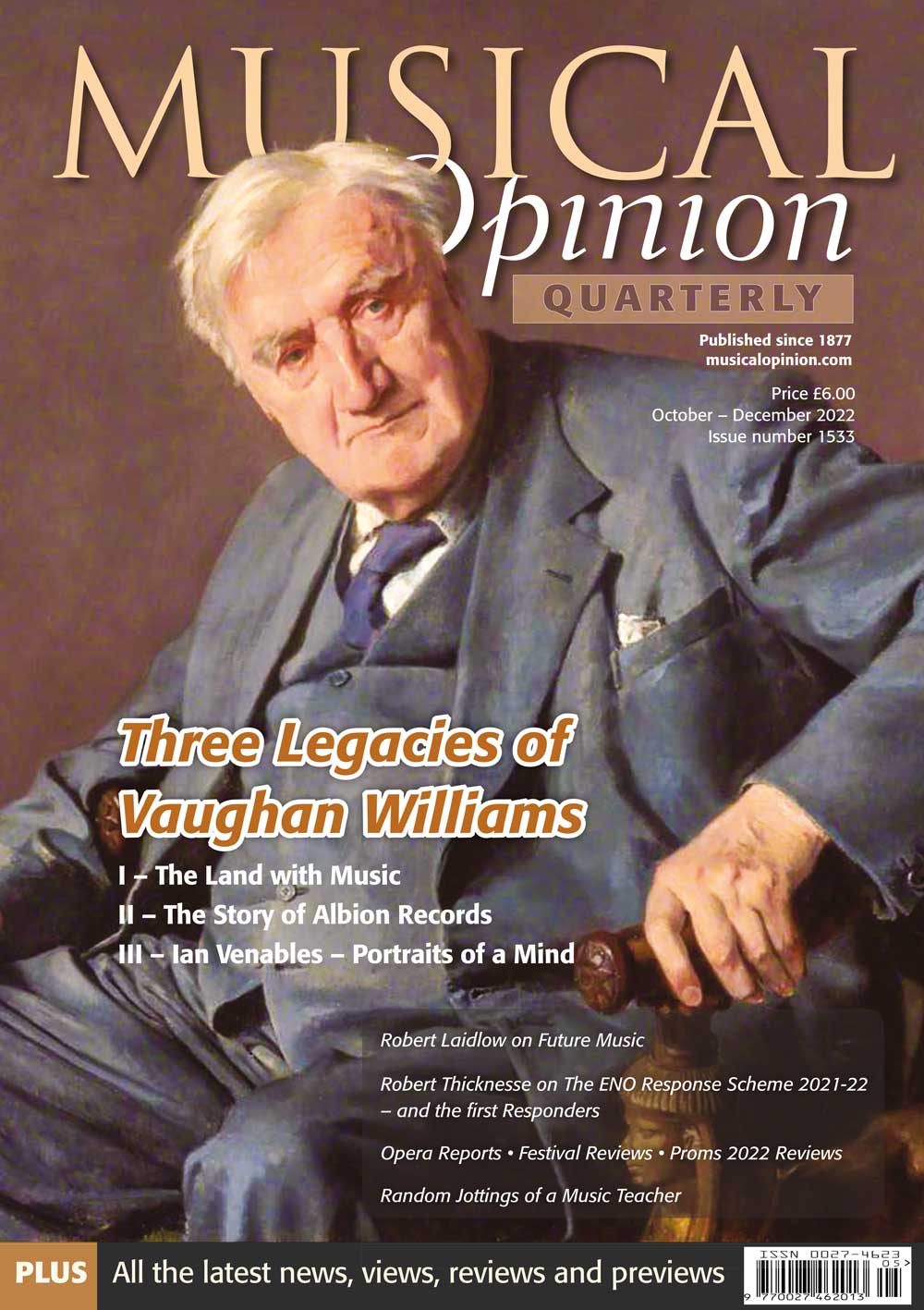Previous Issues
Summer 2024. Issue 409
Suite de Pièces pour Violon et Orgue
Spring 2024. 408
Winter 2024. 407
Autumn 2023. 406
Summer 2023. 405
Spring 2023. 404
Winter 2023. 403
Autumn 2022. 402
Summer 2022. 401
Spring 2021. 400
Winter 2021. 399
Autumn 2021. 398
Whilst staying at A4 size and 56 pages, the magazine has been completely redesigned with different fonts (more easy to read), bigger photopgraphs, more focus on things like specifications and more CD reviews of organ repertoire.
Summer 2021. 397
Winter 2021. 395
Spring 2021. 396
Summer 2020. 393
Spring 2020. 392
Winter 2019. 390
Autumn 2019. 389
Explore By Topic
Autumn 2020. 394

The Organs and Organists of St Martin-in-the-Fields, London
Andrew Freeman
It is seldom possible to say when an organ was first introduced into any really historic church, for the early records are either incomplete or non-existent. St. Martin’s is no exception in this respect. An instrument was certainly in use earlier than 1525, the date when the churchwardens’ accounts commenced, for in that year 6d. was paid “for glewe to mend the Organs,” and 15- 18d. was given to M’ Watts for his Child to pley at Organs byal that yere.” In the following year the same youth received viijs for half a year’s services, and thereafter is no more mentioned.
His salary was “Gatheryd in the Church” for that purpose in six quarterly installments, the amount collected being xiV xli, in 1526 and viij, in 1527. The next organist was Nicholas our Clarke,” who in 1533-35 received xij, iiij “in full payment of his hole yeres wages for playing on the Organs.” During the next hundred years and more, ” hym that plaied on the Organs” is mentioned but twice or thrice, and then never by name. WITH FULL SPECIFICATION

Emanuel Štěpán Petr, a Czech Cavaillé-Coll
Dr Michal Szostak
Sometimes, life is unpredictable. Restrictions, which reduce our big plans, can open new perspectives and allow us to focus on the areas which could be hidden for us in regular circumstances. This happens to me this year. Due to the travel restrictions caused by the pandemic I needed to cancel my North America concert tour and I started to look for another performance possibilities in closer distance with lover risk of cancellation. Using this strategy, I found some interesting romantic organs in Prague, Czech Republic. Step by step I discovered the unique works of Emanuel Štěpán Petr, a genial organ builder who had been developed Czech organ industry in many dimensions. I had the privilege to play this August two recitals on Petr organs in Prague: at the church of St. Ludmila and at the church of St. Ignatius de Loyola. Referring to Petr’s achievements and his role in Czech organ world, it is no exaggeration if we call him a “Czech Cavaillé-Coll”.
Romantic tendencies in organ building in Western Europe are very well described in the literature. The situation regarding the subject of our interest in Eastern Europe was slightly different, and the main factor determining this state was far-reaching social and economic changes on the basis of national conflicts, great wars and political changes. Despite these turbulences, the culture of the Eastern European nations evolved in line with the trends present in Western Europe, albeit with a delay of dozen(s) years, and with adaptations to local historical circumstances and cultural factors. WITH FULL SPECIFICATIONS

The two organ sonatas of Frederick Arthur Gore Ouseley
Dr Iain Quinn
The two organ sonatas of Frederick Arthur Gore Ouseley (1825-1889) have not been readily available since their initial publication in the late nineteenth century. Aside from the importance of Ouseley in the music world of nineteenth-century Britain, most especially in his work towards the furtherance of church music, the sonatas represent a critical moment in the transition of the English organ sonata tradition that began between 1858 and 1862 with the sonatas written by the concert organists W. T. Best and William Spark. As discussed in The Genesis and Development of an English Organ Sonata (2017), the English sonatas had an important pedagogical role jointly inherited from Mendelssohn’s very practical and popular approach to the instrument but also the continuing European legacy of the lesson-sonata tradition whereby in learning a piece you also learned the instrument and vice versa.
Frederick Arthur Gore Ouseley was the son of Sir Gore Ouseley, sometime British ambassador to Persia, and like his brother, Sir William Ouseley, he had a strong interest in scholarship of the Orient. He took his names from his father, Gore, and his godfathers, Frederick, Duke of York and Arthur, Duke of Wellington. He displayed an extraordinary precocity and at five commented that “Only think, papa blows his nose in G!” a feat perceived to be so impressive that it was discussed in the writings of the twentieth-century neurologist Oliver Sacks.

Elgar the enigmatic: a new approach to an enduring puzzle
Peter Dyke
The author, Assistant Dirctor of Music of Hereford Cathedral, explores remarkable connections between Elgar and the music of JS Bach.
It is the moment the whole of the preceding eighty minutes of music have been preparing us for: the instant when the soul of Gerontius is brought face to face with God. The impact is cataclysmic, but the context makes it even more so: in his great oratorio Edward Elgar has taken the soul – and the listener – through wondrous and strange firmaments filled with demons and angels, and the music’s rich harmonic language and vividly colourful orchestration has
powerfully illustrated the extraordinary journey.
Now, in the last moments before the climactic point of The Dream of Gerontius, there is an urgent statement of the D minor ‘judgement theme (with which the work started) over a dominant pedal point. Tension mounts as the tessitura rises and the harmonies become more dissonant; finally, the pedal abandons the held A and starts shifting chromatically – and then with a huge orchestral crash, the soul momentarily looks upon God and cries ‘Take me away!’

Sharing musical instruments
Aspire has the answer
At the start of the pandemic it very soon became clear that making shared musical instruments safe for multiple player use would be an issue for schools churches and retail showrooms. The team at Aspire where the focus is clearly on church organs wanted to address this issue from a scientific standpoint and also avoid the use of the various chemical options that were appearing. We spend our playing lives protecting pianos and organs in particular from liquid spillages that can be especially damaging to keyboards so it seemed essential to look for an option that avoided liquid particularly as they would almost certainly be caustic ones.
David Mason, owner of Aspire Classical Limited was struck by the number of Ultra Violet sanitising devices that were being rushed to market apparently offering disinfectant destruction of Covid 19. UV-C, a particular part of the UV spectrum, has long been known to destroy virus and bacteria and has been in regular use in the food processing industries for many years to kill mould and bacteria. So David set off exploring this technology as the appropriate solution.



